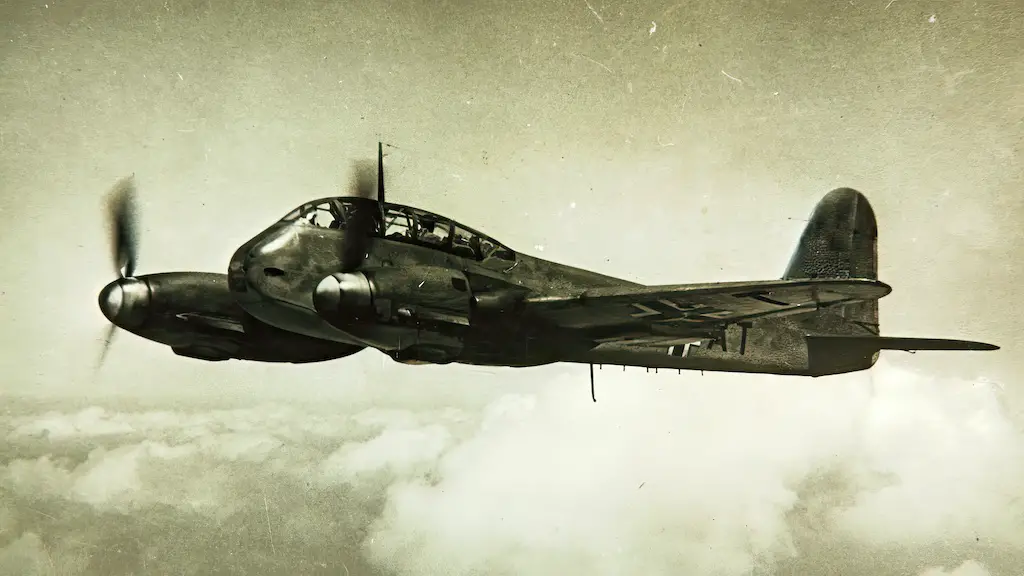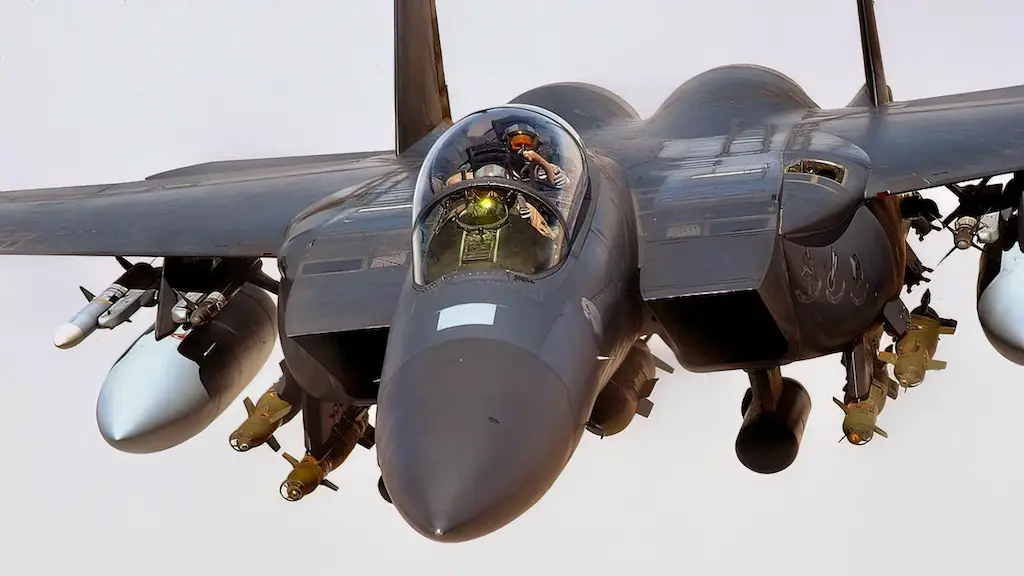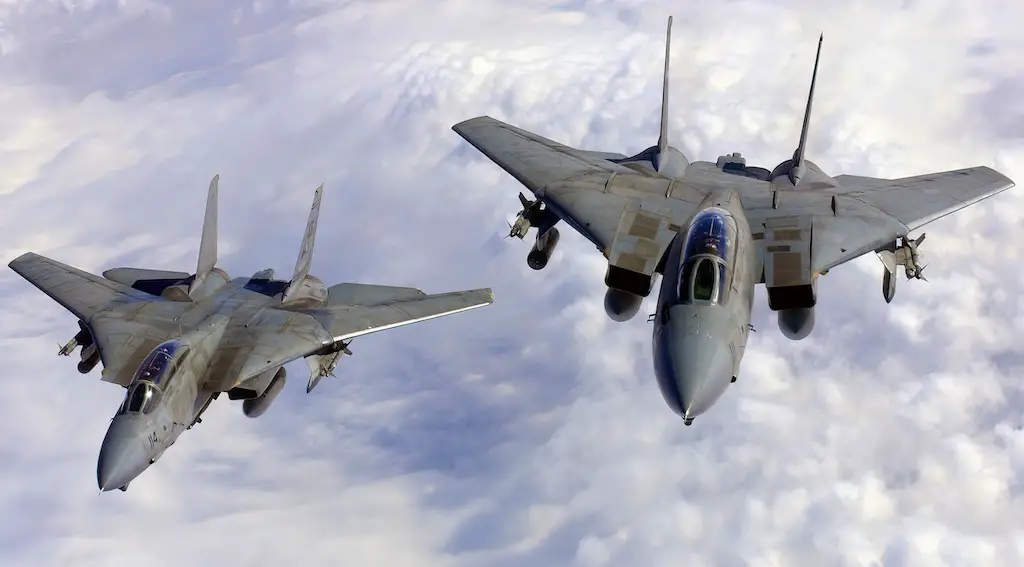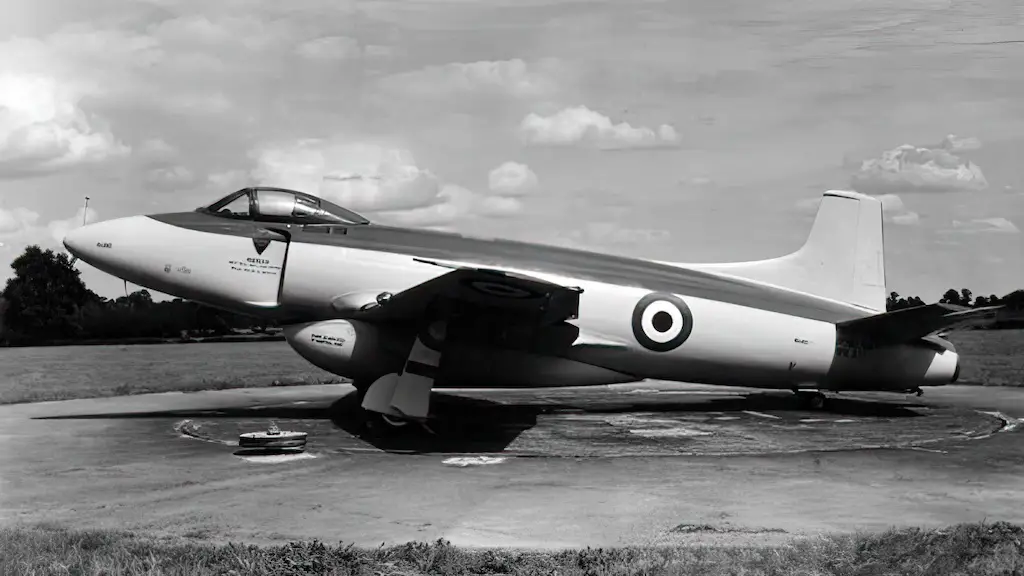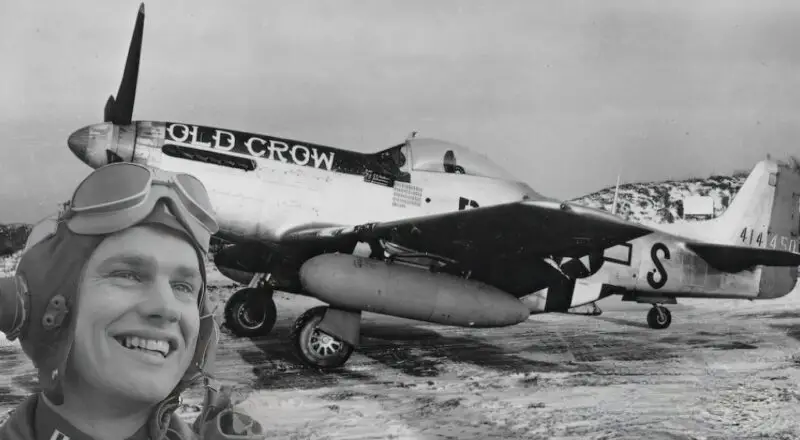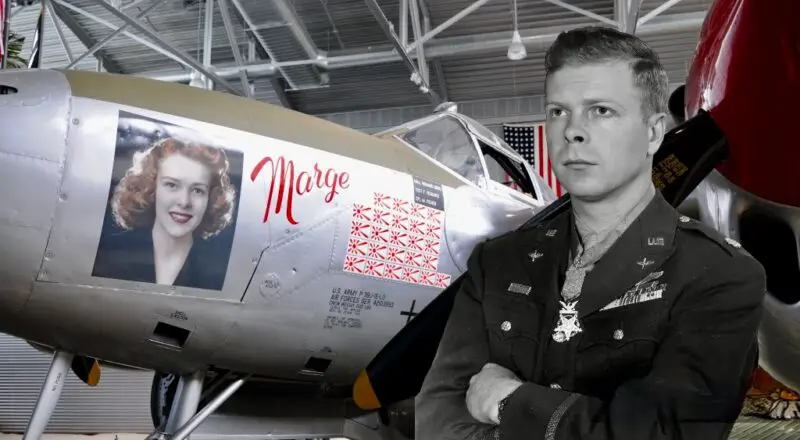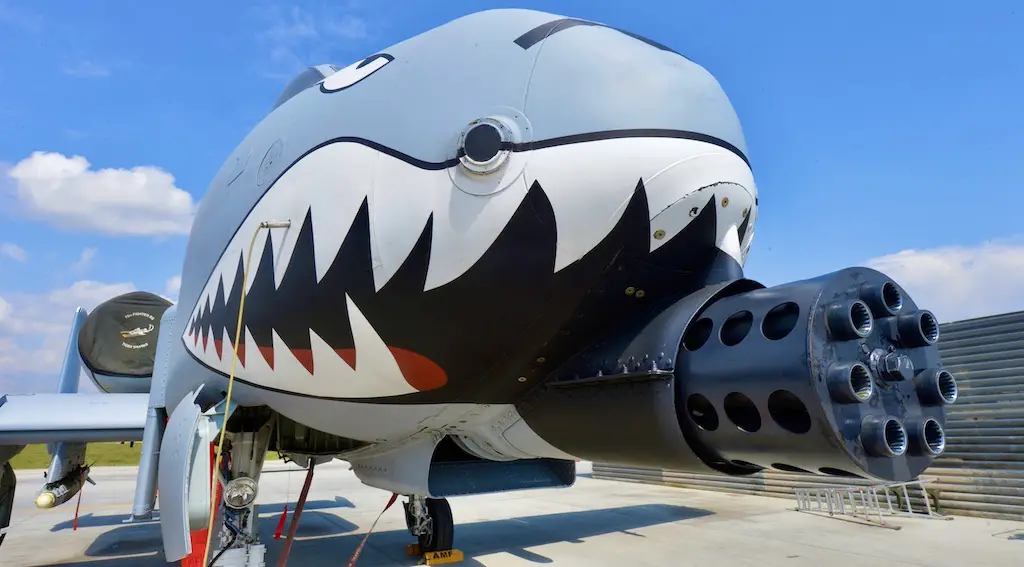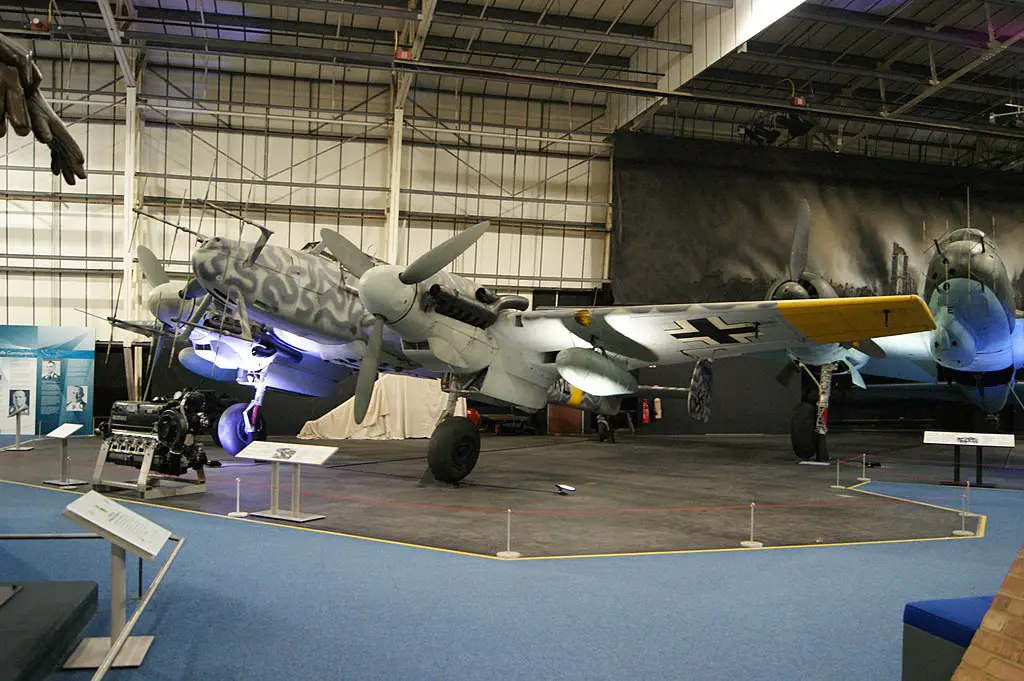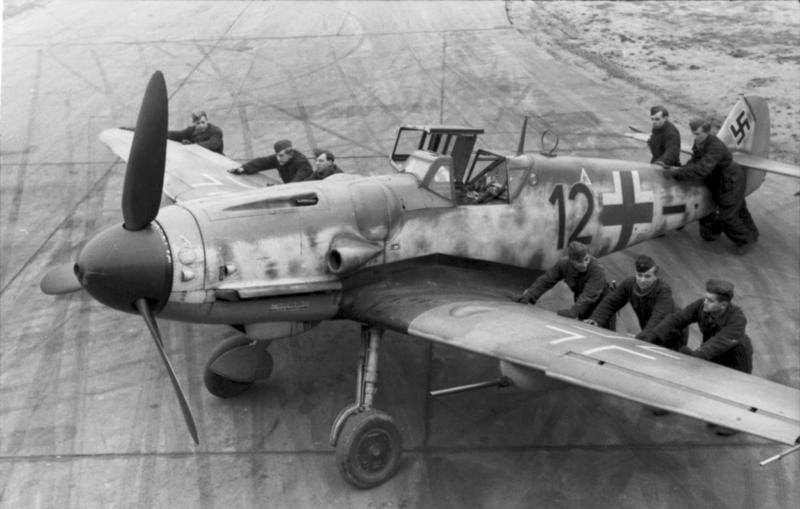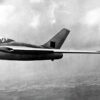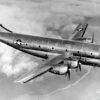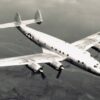The chronicle of the Messerschmitt Me 210, a World War II German heavyweight in the realm of fighters and ground-attack aircraft, is one shrouded in debate and disagreement. A turbulent saga of design challenges and engineering skirmishes unfolded alongside the development of this aircraft. The result was a war machine that grappled with meeting the high-stakes demands of the battlefield.
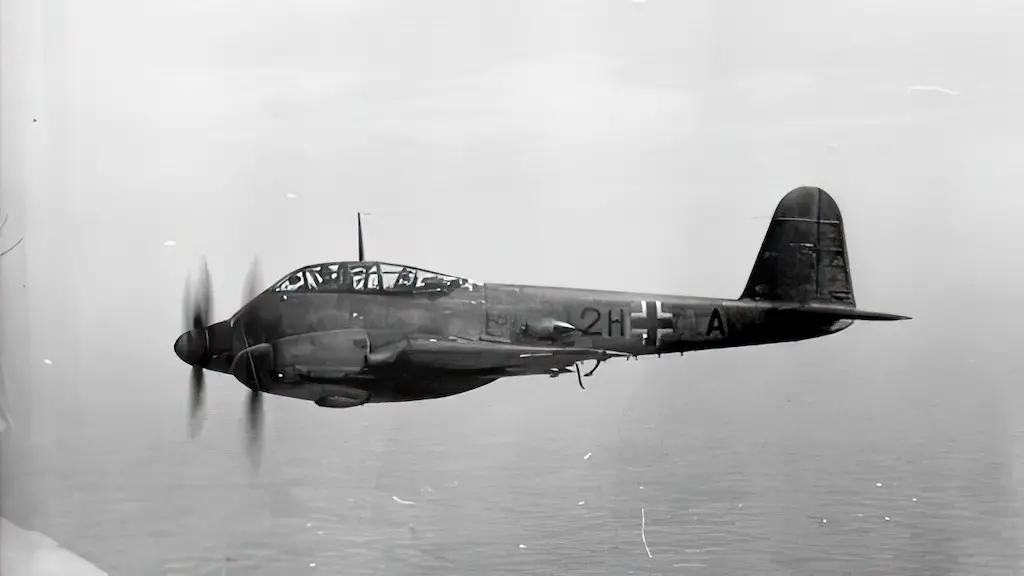
Aiming for the Skies
Messerschmitt designers began to reimagine the Bf 110 as early as 1937, before its production version had even taken flight. In a bold move, they submitted the radically altered Bf 110 design as the Me 210. However, trouble was brewing.
The Me 210’s design was a significant departure from the 110, yet it utilized many similar components. Its modified nose area was shorter and positioned over the center of gravity. It featured an internal bomb bay, a new wing design for higher cruise speeds, and a technologically advanced remote-control defensive armament system.
This theoretically impressive design reached 390 mph on two 1,350 PS (1,330 hp, 990 kW) Daimler-Benz DB 601F engines, making it about 50 mph faster than the Bf 110 and nearly as fast as single-engine fighters of that era.
The Me 210 Engine
However, the powerful engines proved to be a double-edged sword. They provided speed but also brought with them numerous design issues. Stability was a constant problem; turns were perilous, and level flights were prone to oscillation. The aircraft suffered from terrible stalls, particularly when the automatic leading-edge slats opened. Despite these troubles, an order for 1,000 Me 210s was made even before the prototype had flown, a decision that would later be regretted.
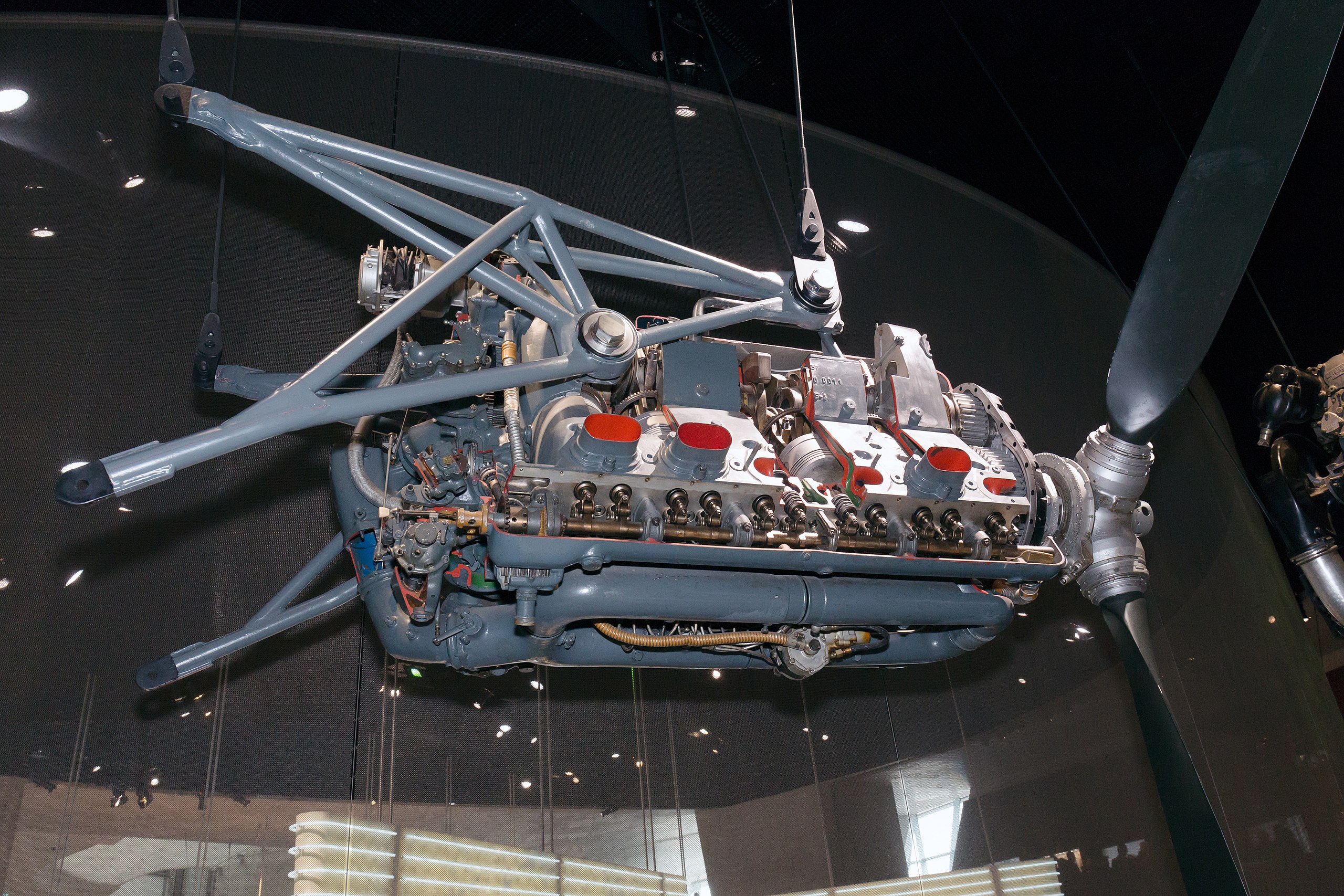
A Pilot’s Nightmare
Deliveries to frontline units commenced in April 1942, but the aircraft’s handling characteristics proved so problematic that full production halted that same month. Although the aircraft was unpopular with pilots, its initial production reached 90 units before production switched back to the Bf 110.
Hungarian-built planes started arriving in April 1943, and the Hungarian forces received them in 1944. They were generally pleased with the aircraft, finding it effective against Soviet forces. However, by March 1944, the factory pivoted to producing the Bf 109G, ending the Me 210’s production run.
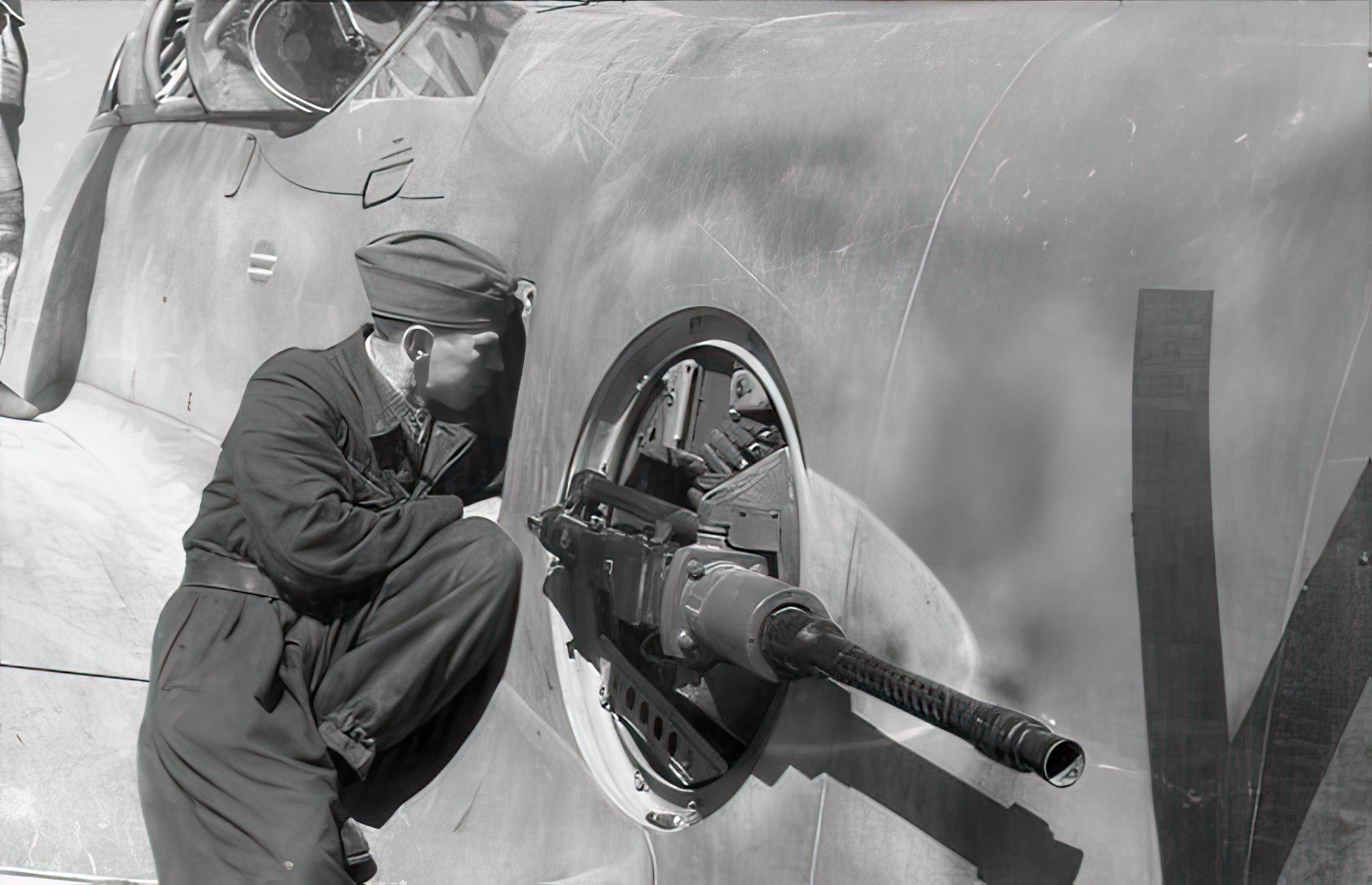
Adaptation and Improvement
The Me 210 saw several variants, the most notable of which were the Me 210C and the Hungarian-licensed Me 210 Ca-1. The Me 210C featured an improved airframe and utilized DB 605 engines, while the Me 210 Ca-1 was the product of Hungary’s successful license production. Some of these Hungarian Me 210s were equipped with a 40 mm Bofors autocannon, specifically designed for taking down Allied bombers.
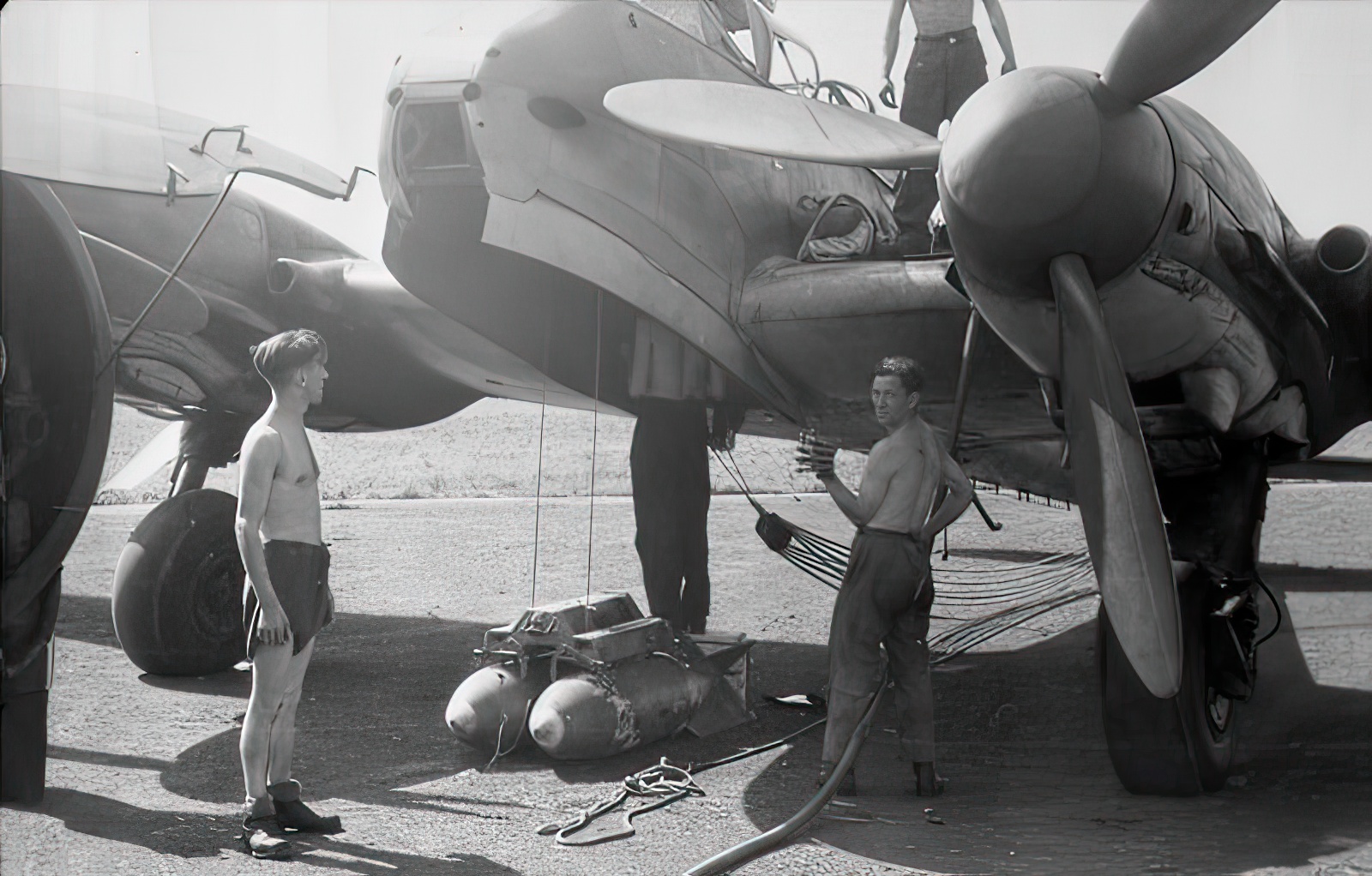
The Endgame
The Me 210’s operational life ended as it had begun, in controversy and disappointment. Despite attempts to rectify its flaws, the aircraft never lived up to expectations. In the end, the Me 210 was replaced by the Messerschmitt Me 410 Hornisse, an improved version of the troubled aircraft.
In the annals of aviation history, the Me 210 stands as a testament to the challenges of aircraft design during wartime. Its story is a cautionary tale about the pitfalls of rushed design and the ramifications of compromising safety for speed. Despite its shortcomings, the Me 210 played a role, however small, in shaping the future of military aviation and taught invaluable lessons along the way.

